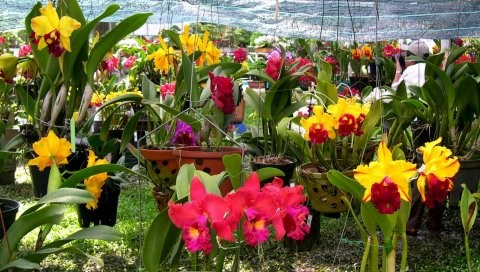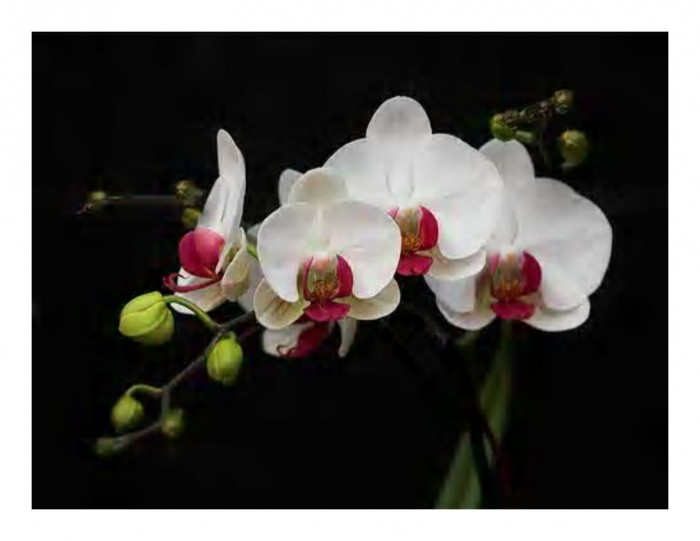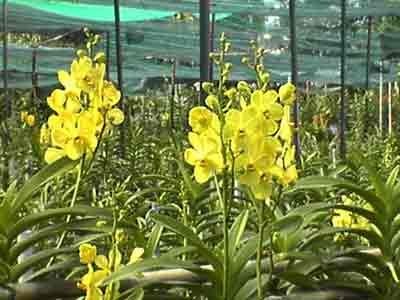Hello and welcome to VOV’s Letter Box, a weekly feature dedicated to our listeners throughout the world. We are …
A: First on our show today, we want to welcome Prithwiraj Purkayastha, a 30-year-old listener in India. He wrote:
“I am a regular listener to VOV English programs on shortwave and send you reception reports on a regular basis. I love VOV programs very much as they give me information about Vietnam in detail. But unfortunately, though I write to you via email regularly, I rarely receive responses, QSLs or gifts”.
B: Prithwiraj sent us reception reports for our programs on June 26 and March 13 this year and several programs last year. Prithwiraj, we would like to confirm your reception reports and will send you some QSL cards. We’re very sorry and will check the reason for any delays. At any rate, we have acknowledged your listening on many of our Letter Box programs, and most recently in our Letter Box program on August 8. So, if you are interested in hearing that mention, please check out our website at www.vovworld.vn.
A: Alex Torbeni of Bali, Indonesia reported listening to our program on July 31 on a frequency of 12025 with SINPO rated all 5s. He wrote: “I want to ask you about the most expensive and the most popular orchid in Vietnam. I once read in a newspaper that there are some people in Vietnam who risk their lives in the jungle searching for a jungle orchid. What kind of orchid is this? I also often see Vietnamese stamps featuring orchids. They are very beautiful stamps.”

B: With some 755 orchid species, a suitable climate and materials for cultivation, Viet Nam is likely to become a major orchid producer in the region, according to flora experts from Agriculture University No 1. At present, only a small number of large companies, including foreign-invested ones, cultivate orchids in the Central Highlands city of Da Lat, in Ho Chi Minh City and in the Mekong Delta province of Dong Nai, with a growing area of about 50-60 hectares each.
 |
A: In some other localities, orchids are cultivated on a household scale, with cultivation areas ranging from a few hundred square metres to some thousands of square metres. A dozen households own one or two hectares. The Viet Nam Institute of Agricultural Genetics and Biotechnology has gained some initial success in producing orchid hybrids using a tissue implanting method transferred from Thailand. Some localities such as the mountainous district of Sa Pa in northern Lao Cai province and central Phu Yen province have begun surveying and researching orchid cultivation methods and working out orchid production processes.
B: The most popular orchids in Vietnam are Dendrobium, Cattleya, Oncidium, Phalaenosis, and Vanda. And the most expensive orchid species might be the Pahiopedilum. According to a website about Vietnamese orchids, Vietnam ranks first in the world with 22 of the world’s 60 Pahiopedilum species. Of the 22 species, 3 are endemic growing only in Vietnamese forests.
 |
A: That’s a short take on Vietnamese orchids. We hope that Alex and our other VOV listeners found it interesting. Next is a letter from Jayanta Chakrabarty of India. He wrote: “Radio the Voice of Vietnam has become one of my favorite shortwave stations. My family members, my wife, mother and son also enjoy your programs, which have a great variety and are suitable for all people of different ages and tastes. I would like to send my appreciation to all the staff members of the English Service of VOV for all their hard work and efforts in making VOV attractive, informative and enjoyable for your worldwide listeners. Please keep up the good work.”
B: Thank you Jayanta and thanks to your family for listening to VOV. We highly appreciate your comments. Jayanta says he is very interested in the economic history and development of Vietnam as he is an administrator in the government and an economist.
A: According to the World Bank, Vietnam is a development success story. Political and economic reforms (Doi Moi) launched in 1986 have transformed Vietnam from one of the poorest countries in the world to a lower middle income country. The poverty rate has fallen from 58 percent in 1993 to 14.5 percent in 2008, and most social welfare indicators have improved. Vietnam has already attained five of its ten original Millennium Development Goal targets and is well on the way to attaining two more by 2015.
B: Vietnam has been applauded for the equity of its development, which has been better than most other countries in similar situations. The country is playing a more visible role on the regional and global stage. The 11th Congress of the Communist Party of Vietnam in January 2011 called for a more comprehensive approach to the country's renovation, and pledged to promote greater citizen participation and unity within Vietnam, and to engage proactively in international integration. The Congress re-affirmed Vietnam's approach to state-led development, but also revised key policy documents to place greater emphasis on market processes and non-state ownership of economic assets. The Socio-Economic Development Strategy (SEDS) 2011-2020 gives attention to structural reforms, environmental sustainability, social equity, and emerging issues of macroeconomic stability. The overall goal is for Vietnam to lay the foundations for a modern, industrialized society by 2020.
A: More recently, the conclusions of the October 2011 Communist Party Plenum recognized the need for economic restructuring and identified restructuring of public investment, of SOEs and the financial sector, as priorities for the next five years.
B: That was an overview of Vietnam’s economy and development in recent years. Sharing the hobby of listening to shortwave radio is Dr. Avinash Cheekoth, a scientist in biotechnology in the United Arab Emirates and his family. Avinash reported listening to our program on July 23 from 2030 to 2100 UTC on a frequency of 9730 kHz with SINPO rated at 444. He wrote: “ My SW listening has taken a serious hit, since my wife also took a new job. With a 4-year-old kid (a little too curious with the SW radio and any other electronic gadget) and both of us working, it’s been a tight schedule for us. Now since Ramadan, here in the Middle East, we have shorter work time and have managed to get back to shortwave listening during this time”.
B: Thank you Avinash. We hope you keep tuning in to our program and enclose more comments on the program’s contents so that we can improve our program.
A: Last but not least on today’s show, we’d like to acknowledge letters from Grayson Watson of Texas, USA, Siddhartha Bhattachajee of India, Perake Helander of Sweden, Debakamal Hazarika of Assam, India, Yoshihiro Kusanagi of Japan, Grant Skinner of the UK, and Abdulkarim Ahmed Ali of Libya.
B: Thank you all for spending time with us and for your detailed feedback. We’ll confirm your reports with QSL cards as soon as possible. Before we go, let us remind you once again of our address:
English section, Overseas Service, Radio Voice of Vietnam
45 Ba Trieu Street, Hanoi, Vietnam. Or you can email us at: englishsection@vov.org.vn. You’re invited to visit us at www.vovworld.vn, where you can hear both live and recorded programs. Good bye for now.